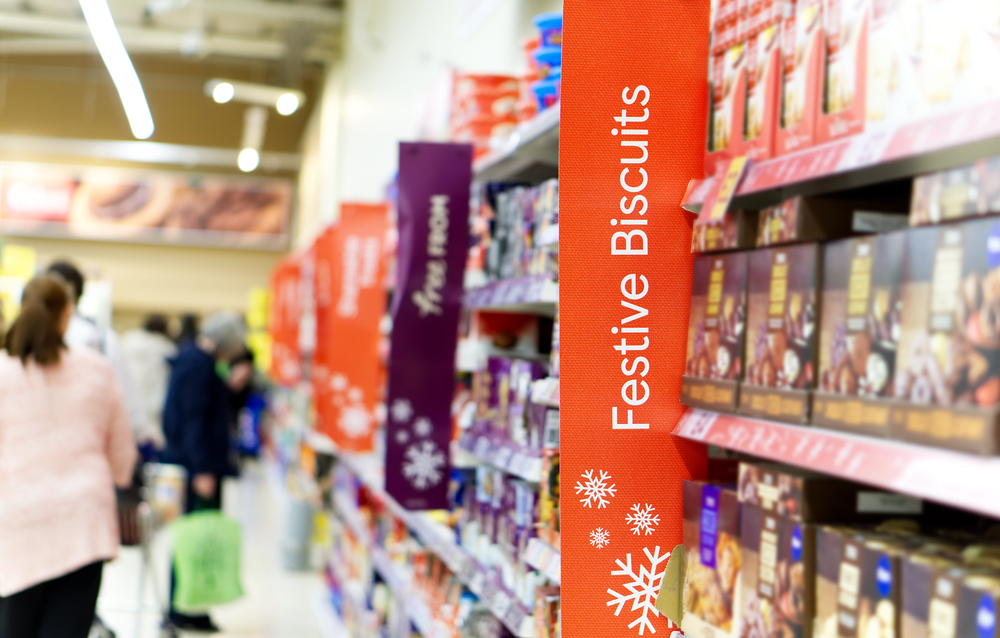Household Bills
Black Friday fails to lift November retail sales

Retail sales were estimated to have fallen 0.4% in November, following a rise of 0.9% in October.
Retail sales monitor the quantity bought (volume) and amount spent (value) by shoppers in the UK.
For November, volumes were estimated to have fallen 0.4% – below market consensus of 0.5% – while values rose 0.5%.
According to the Office for National Statistics (ONS), the rise in food store sales was offset by falls elsewhere, including fuel, online sales and fuel.
It noted that fuel sales volumes fell 1.7% following a rise of 3.2% in October, but they’re still 8.7% down on February 2020 levels.
Meanwhile, online retail sales volumes fell 2.8% in the month, continuing a downward trend seen since early 2021, though they are still 18.2% higher than the pre-Covid level.
However, department stores sales volumes rose by 1.7% over the month, while household goods stores (such as furniture stores) sales volumes rose by 4.4% in November 2022.
Overall, when compared with the pre-Covid level in February 2020, total retail sales were 14.8% higher in value terms, but volumes were 0.7% lower.
Compared with the same period a year earlier, retail sales volumes fell by 6.2% in the three months to November 2022, while sales values rose by 4.4%.
The ONS noted that online retail sales volumes fell 2.8% in the month, continuing a downward trend seen since early 2021, though they are still 18.2% higher than the pre-Covid level.
Meanwhile food store sales volumes rose 0.9%, with anecdotal evidence from retailers suggesting that customers stocked up early for Christmas.
‘People paying more for less’
Danni Hewson, AJ Bell financial analyst, said: “Retail’s fairy godmother has failed to wave her magic wand and despite Black Friday promotions and a rush by households to spread the cost of a Christmas feast, sales are down.
“Worried about the rising cost of food, people have been popping a few extras into their trollies as they’ve carried out the weekly shop. All those little tasty treats add up when food inflation is rising at the fastest rate in 45 years.
“Cost is the X-factor looking at sales numbers from the three-month period a year ago and comparing them to the last three months the story is pretty easy to read. People are paying a whole lot more to buy a whole lot less and that’s hurting consumers and retailers alike.”